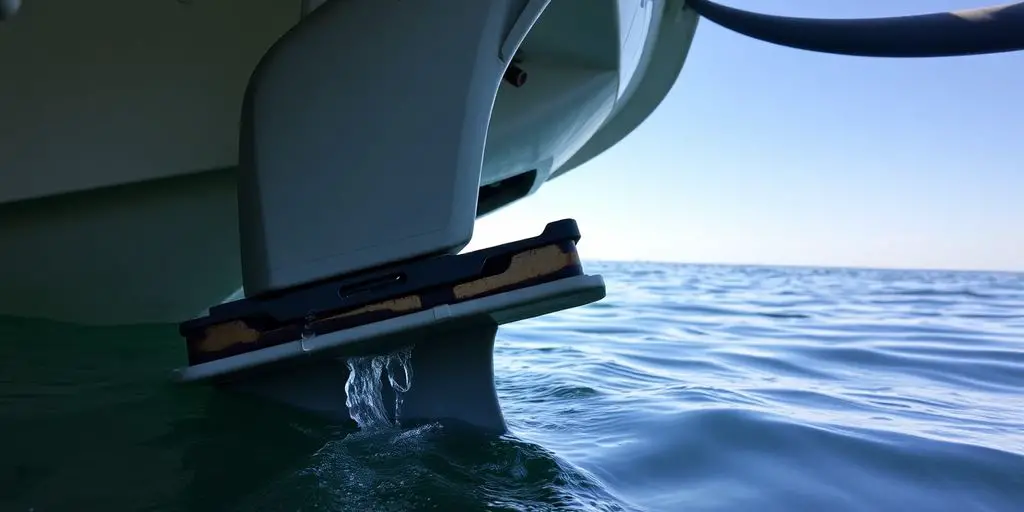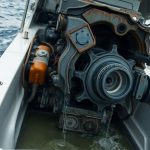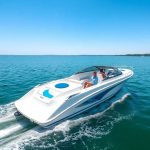Last Updated on September 27, 2025
Outboard engines have really changed the boat market in recent years, showing up on all sorts of boats where you never used to see them. While they’ve got some great things going for them, it’s also good to know about some of the common issues that can come with them. This article will go over some of those things to keep in mind.
Outboard Engines Are Visible
One of the first things you’ll notice about an outboard engine is that it’s right there, visible at the back of the boat. Unlike an engine in a car or a sterndrive boat, which is usually hidden away, an outboard is out in the open. This can be an aesthetic thing if you don’t like seeing the engine, but it also means it can get in the way. Things like swimming, getting on and off the boat, or even just moving around the back of the boat can be a bit trickier with the engine right there.
Weight Balance Is Different
With an outboard engine, all the weight is at the very back of the boat. For a sterndrive, the engine’s weight is more spread out, with a good chunk of it further forward inside the boat. This difference in weight distribution can change how the boat handles. While outboards are often lighter, which can make up for some of this, the balance is still different. This might make it a little harder for the boat to get up on plane, for example.
Handling in Rough Water
Because outboards are lighter and their weight is shifted further back, boats with outboards might handle a bit differently in rough water. They don’t sit as heavy in the water as a sterndrive boat might. So, if you’re out in really choppy conditions, an outboard-powered boat might feel a little rougher than a sterndrive boat of the same size.
Cost
Outboard engines have had a lot of money put into their development over the last decade or so. Manufacturers have been working to make them more powerful, quieter, and more precise in smaller packages. All that research and development costs money, and those costs usually get passed on to the buyer. So, if you’re comparing a 300-horsepower outboard to a 300-horsepower sterndrive, the outboard will often be a bit more expensive.
Less Thrust Around the Dock or While Towing
Outboard engines tend to have a little less "bite" in the water. This can make them a bit harder to maneuver when you’re trying to dock. Also, if you’re towing something, like a tube or another boat, you might find that outboards don’t have as much thrust. They do tend to have a higher top speed because they drag less in the water, but for low-speed maneuvering or heavy towing, they might not be as strong.
Older Outboard Engines Are Noisy
If you’re looking at a brand-new outboard engine today, like a 60-horsepower Yamaha or a 300-horsepower Mercury, they are usually very quiet. You might barely hear them when you’re out on the lake. However, older outboards, say 10 years old or more, didn’t have the same kind of noise reduction. They could be pretty loud, making it tough to have a conversation while the boat was moving.
Key Takeaways
- Outboard engines are visible and can be in the way at the back of the boat.
- The weight balance is different, with all the engine weight at the stern.
- They may handle differently in rough water due to lighter weight and rearward balance.
- Outboard engines can be more expensive to buy due to development costs.
- They might have less thrust for docking or towing.
- Older outboard engines can be quite noisy compared to newer models.
When you’re picking out a boat, you’ve got a lot of choices, including how it’s powered. Knowing about these things can help you decide if an outboard is the right fit for you.





